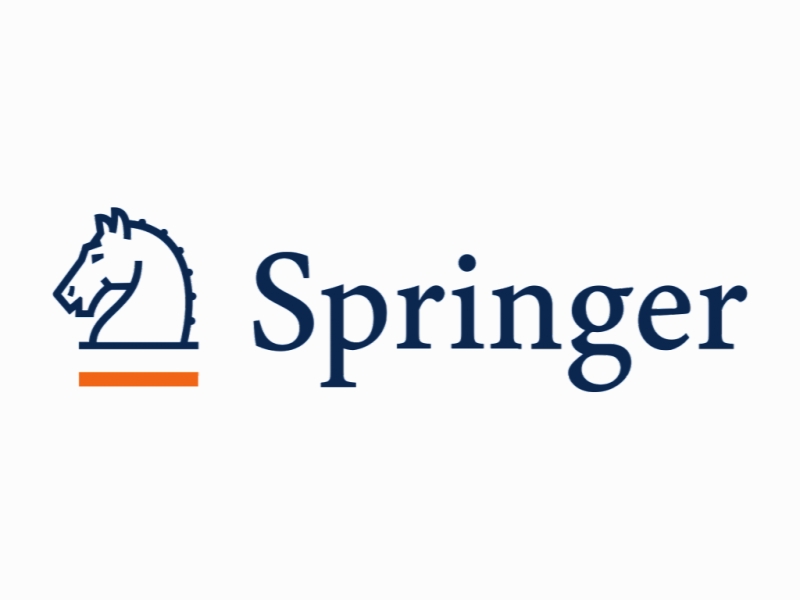تحلیل حساسیت و بهینه سازی سیستم های دینامیکی هیسترتیک با میراگرهای ویسکوز غیرخطی Adjoint sensitivity analysis and optimization of hysteretic dynamic systems with nonlinear viscous dampers
- نوع فایل : کتاب
- زبان : انگلیسی
- ناشر : Springer
- چاپ و سال / کشور: 2018
توضیحات
رشته های مرتبط مهندسی عمران
گرایش های مرتبط سازه
مجله بهینه سازی ساختاری و چند رشته ای – Structural and Multidisciplinary Optimization
دانشگاه Faculty of Civil and Environmental Engineering – Israel
شناسه دیجیتال – doi https://doi.org/10.1007/s00158-017-1858-2
منتشر شده در نشریه اسپرینگر
کلمات کلیدی انگلیسی Adjoint sensitivity analysis, Nonlinear dynamic systems, Viscous dampers, Gradient-based optimization
گرایش های مرتبط سازه
مجله بهینه سازی ساختاری و چند رشته ای – Structural and Multidisciplinary Optimization
دانشگاه Faculty of Civil and Environmental Engineering – Israel
شناسه دیجیتال – doi https://doi.org/10.1007/s00158-017-1858-2
منتشر شده در نشریه اسپرینگر
کلمات کلیدی انگلیسی Adjoint sensitivity analysis, Nonlinear dynamic systems, Viscous dampers, Gradient-based optimization
Description
1 Introduction Energy dissipation systems are technologies able to improve the performance of structural systems subject to transient excitations. Their purpose is to dissipate or reduce part of the energy generated by the dynamic excitation and transferred to these systems. Thus, it is possible to reduce the deformation demand upon the structural systems considered. In fact, if properly designed, they can reduce specific systems’ responses of interest, such as selected displacements and accelerations. These technologies can be divided into passive systems, active and semi-active systems (Soong and Dargush 1997; Constantinou et al. 1998). In each of these categories, there are a wide variety of different technologies nowadays well developed and widely used. Examples of their applications are: The seismic retrofitting of buildings subject to seismic excitation with viscous dampers (e.g. Takewaki 1997; Lavan and Levy 2005; Kanno 2013) and tuned-mass dampers (e.g. Almazan et al. ´ 2012; Daniel and Lavan 2015); The reduction of wind and earthquake induced vibrations in high-rise buildings (e.g. Yang et al. 2004; Smith and Willford 2007; Infanti et al. 2008); The seismic protection of bridges with viscous dampers (e.g. Infanti et al. 2004; Simon-Talero et al. 2006; Infanti and Castellano 2007); The control of human-induced vibrations (Caetano et al. 2010; Casado et al. 2013); The vibration control of offshore wind turbines (e.g. Brodersen and Høgsberg 2016); The shock absorption for high-speed boat seats (e.g. Klembczyk and Mosher 2000); The structural control of dynamic blast loading (e.g. Miyamoto and Taylor 2000); The design of passive and semi-active suspension systems for cars subject to road excitation (e.g. Georgiou et al. 2007; Suciu et al. 2012). The efficacy of the energy dissipation systems is strongly related to their location in the system that needs to be controlled and to their size. For these reasons, often their design is based on optimization, to address the placement and sizing of these devices. For instance, in Lavan and Amir (2014) the authors distribute and size linear fluid viscous dampers in linear structures subject to seismic excitation with an optimization approach based on Sequential Linear Programming (SLP). This procedure is then further enhanced in Pollini et al. (2016) in order to consider a more complete and realistic objective cost function. In Kanno (2013) the author presents a mixed-integer programming approach for the optimal placement of viscous dampers in shear frames, where the damping coefficients are selected from a discrete set of values. A discrete optimization approach is presented in Dargush and Sant (2005), where different types of passive dissipation systems (i.e. metallic plate dampers, fluid viscous dampers, viscoelastic solid dampers) are sized and placed with genetic algorithms. Also in this case, the properties of the devices are selected from a predefined set of available sizes. In Georgiou et al. (2007) Georgiou, Verros, and Natsiavas present a methodology for the multi-objective optimization of the suspension damping and stiffness parameters of quarter-car models subjected to random road excitation. The authors consider both passive and semi-active suspension systems.


